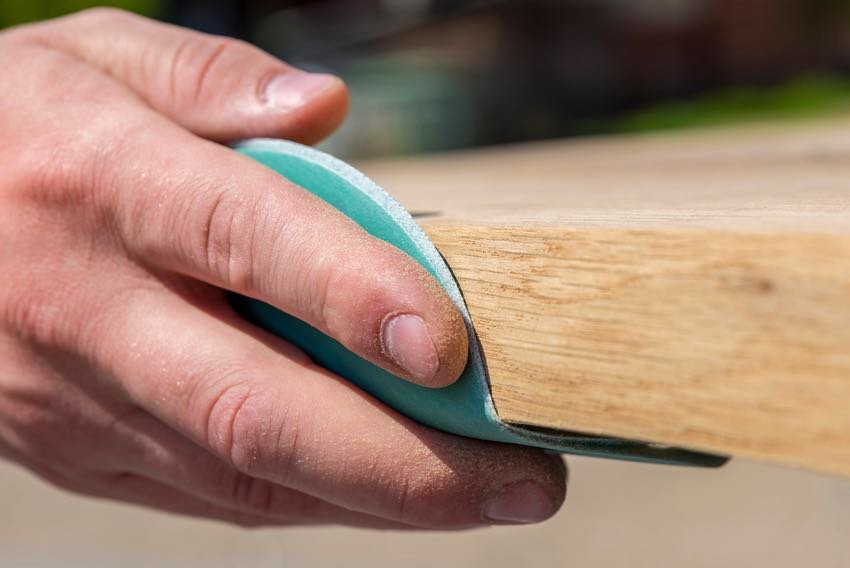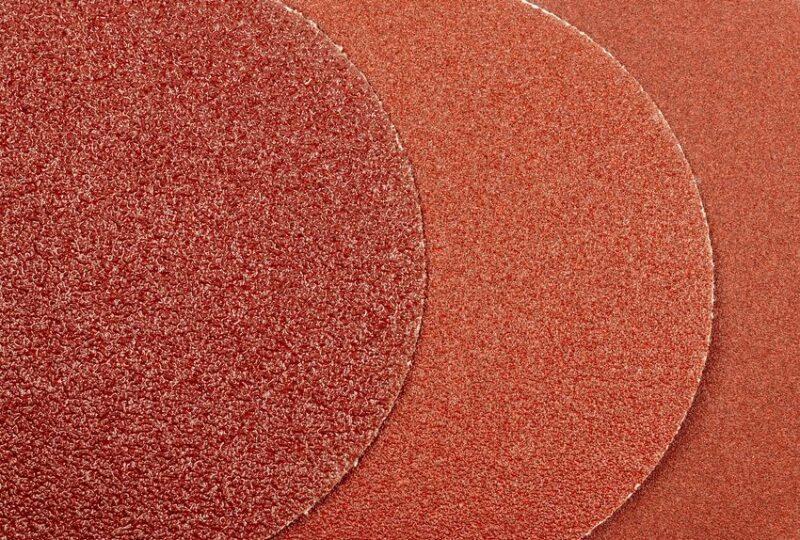
Sandpaper, a crucial tool in various crafts and woodworking, comes in an array of types and grits. Grasping the different types and their suitable applications can significantly enhance the quality of your projects. Using the right sandpaper for wood or metal makes all the difference.
Manufacturers classify sandpaper based on the abrasive material utilized and the backing material to which it adheres. The most prevalent types include:
Aluminum Oxide
This durable sandpaper is ideal for power-sanding wood, eradicating old paint, and smoothing wood edges. It’s also applicable for sanding metal surfaces.
Garnet
Although less durable than aluminum oxide, garnet leaves a finer finish. You typically use garnet for hand-sanding and final finishing.
Silicon Carbide
Recognized for its brittle and sharp characteristics, silicon carbide works well for dry or wet sanding of metal, plastic, and finishes like varnish and lacquer.
Ceramic
The most robust of all, ceramic sandpaper excels for heavy-duty sanding tasks. Look for it in belt sanders where you need to remove lots of material.
Deciphering Sandpaper Grit Levels for Wood and Metal Applications
The grit level of wood and metal sandpaper relates to the size of the abrasive particles. The higher the grit number, the smaller and finer the particles used. Conversely, a lower grit number indicates larger, coarser particles.
- Coarse grit (40-60): Used for removing a lot of material on wood or metal. Typical applications include paint stripping or rapid material removal like sanding and refinishing wood floors.
- Medium grit (80-120): Ideal for initial sanding to smooth out minor imperfections and marks.
- Fine grit (150-180): Used for light sanding between finish coats or for sanding hard surfaces and metal.
- Very Fine grit (220+): Used for final sanding of wood of metal before applying a finish.
- Ultra-Fine grit (800-1000+): Ultra-fine grit sandpaper works really well for polishing surfaces like metal, plastics, and even glass. You can wet-sand a clearcoat of paint with this type of paper.

Sandpaper for Various Materials
The choice of sandpaper also depends on the material you’re working with:
- Softwoods: Begin with medium grit sandpaper (80-120) and then transition to fine grit (150-180) to prevent excessive sanding.
- Hard Woods: Start with coarse grit (60-80) and progress to medium and then fine grit.
- Aluminum: Use aluminum oxide or silicon carbide sandpaper with a grit of 120 or higher.
- Plastics: We recommend silicon carbide sandpaper. Start with a medium grit and work from there.
- Metals: For most metals, start with a coarse or medium grit and then transition to a fine or very fine grit.
Remember, the key to a smooth finish is to start with a coarse grit and gradually transition to finer grits, removing the scratches from the previous grit. This process, known as progressive sanding, ensures a smooth and polished surface for better adhesion and glue strength.

Conclusion
Understanding the different types of sandpaper and their uses is crucial for any craftsman. By choosing the right sandpaper for the material and the task at hand, you can achieve a professional finish on your projects. Always remember to work safely and avoid inhaling excess dust and grit.
Please note that this guide is a general overview. Understanding the specific sandpaper you need may vary based on your project. The specific material you need to sand might also determine the best sanding material or process. Always test on a small, inconspicuous area first to ensure you get the desired results.
Professionals have lots of experience with sanding, so they almost inherently work through these steps. Eventually, with enough practice, you can do the same.






